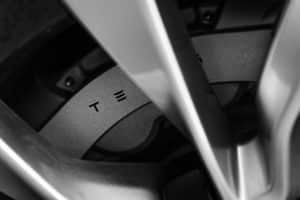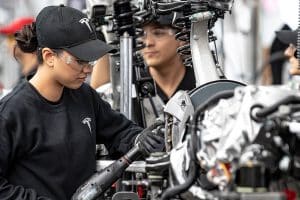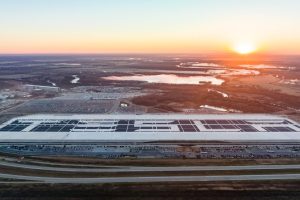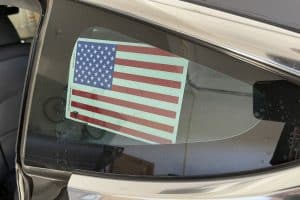- 🚓 Tesla’s police adaption: Several forces in the U.S. have adopted Teslas, citing cost-effectiveness and performance.
- 🚫 Negative police feedback: Menlo Park Police Department found Teslas unsuitable as future patrol cars.
- 💸 Cost concerns: Outfitting Teslas for police use proved 33% more expensive than comparable vehicles.
- 🧍♂️ Space issues: Modified Teslas have inadequate space for officers and trainees in full gear.
- ⚙️ Smart system challenges: Features like Autopilot and proximity locking presented operational difficulties for officers.
- 🔄 Exploring alternatives: Menlo Park approved purchasing a Chevrolet Blazer for future needs due to challenges with Tesla.
In recent years, Tesla vehicles have been increasingly integrated into police fleets across the United States. Known for their cost-saving potential and exceptional performance, these electric vehicles have caught the attention of several law enforcement agencies looking to modernize and economize. However, not all feedback is glowing. This blog post delves into various facets of Tesla’s usage in police operations, including budgetary considerations, spatial challenges, smart system functionalities, and future developments.
Cost Considerations: Is It Economical?
The prevailing narrative surrounding Tesla vehicles in police departments has been one of cost efficiency. Their electric nature promises cheaper operational costs, allowing departments to offset the initial price over time. However, the Menlo Park Police Department recently presented a stark contrast to this narrative.
Initial Costs and Long-term Savings
- The Tesla Model Y, as chosen by Menlo Park, was significantly more expensive to outfit for police duties than traditional options.
- When compared to the Ford Explorer Hybrid, a Tesla Model Y comes with an additional initial cost of $12,700 for necessary modifications.
- The total difference in expense equates to a 33% increase in investment when outfitting a Tesla versus a Ford.
While some departments have managed to absorb these initial high costs by tallying long-term savings in maintenance and operation, the question remains whether this is feasible or advantageous for all.
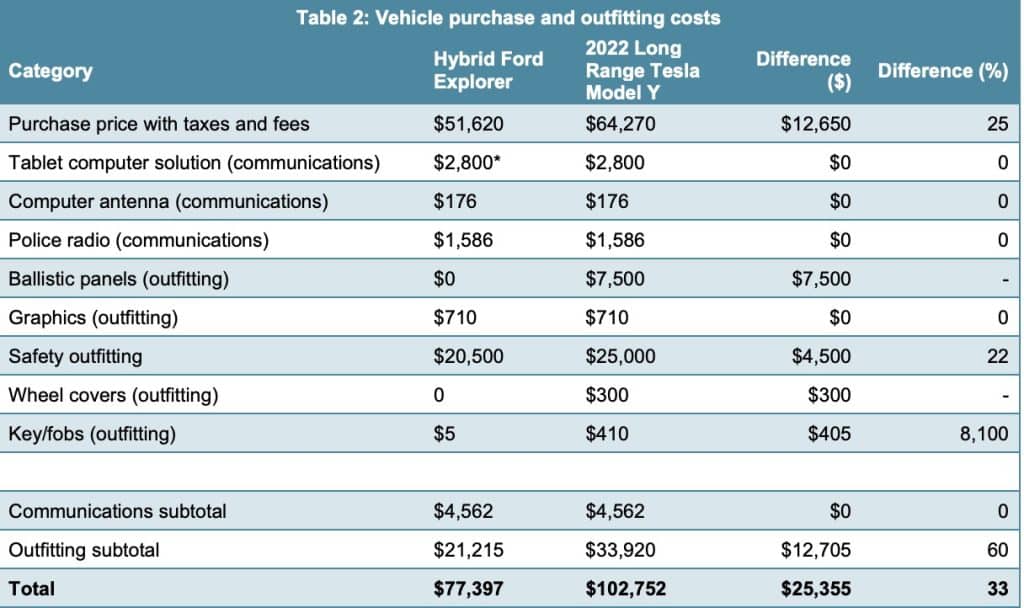
Spatial Challenges: Room for Improvement?
The compact design and advanced technology in Tesla vehicles, while ideal for civilian use, present specific challenges when adapted for police duties.
Interior Space and Equipment
- Space Constraints: Equipping Teslas with essential patrol modifications decreases the already limited interior space. Officers, particularly larger ones clad in full gear, report discomfort with the narrow seats and console.
- Functionality Impact: The reduced space affects operational adaptability such as field training, where an instructor and a trainee have limited comfort during extended shifts. The passenger side also becomes less functional due to overhanging equipment.
Smart Features and Operational Dynamics
Tesla’s smart features promise groundbreaking advancements, yet they simultaneously introduce unforeseen operational challenges.
Smart System Challenges
- Autopilot Interferences: The autopilot system can be problematic during critical maneuvers, resulting in delays and automatic braking in unexpected situations.
- Control Systems: Officers face issues navigating frequently used features like lighting duties, which require multiple-step processes on the touch screen—a complication in high-pressure situations.
- Proximity Locking: The vehicle’s locking mechanics, based on key proximity, occasionally hinder efficient accessibility and security when the key isn’t correctly detected by the car’s system.
Exploring Alternatives and Future Steps
Given the criticisms and difficulties encountered by departments like Menlo Park, exploration into alternative vehicles is ongoing.
Looking Beyond Tesla
- The Menlo Park Police Department has approved adding a Chevrolet Blazer to its fleet, indicating a potential shift away from Tesla vehicles following their trial phase.
- The move suggests that while electric vehicles remain a progressive choice, compatibility with police-specific needs requires continuous assessment and iteration.
Conclusion: The Path Ahead for Tesla in Law Enforcement
Teslas in policing promise benefits in sustainability and long-term savings, yet current anecdotal experiences highlight areas requiring attention and adaptation. The evolving role of electric vehicles in law enforcement will depend on addressing these challenges head-on, ensuring vehicles meet unique operational needs without compromising modern-day necessities.


